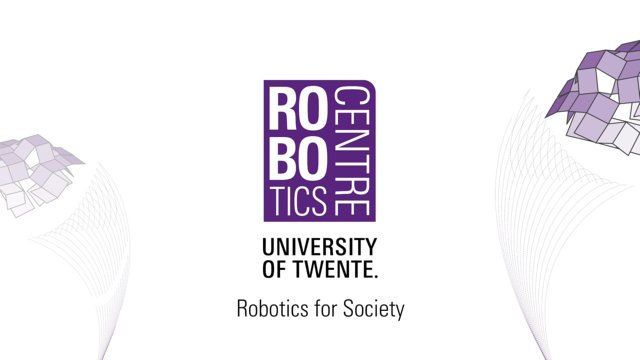HELPING PEOPLE AND SOCIETY WITH ROBOTIC SOLUTIONS THAT FIT IN AND STAND OUT
The robotics we bring to life have one specific purpose: helping people and society. We connect technical knowledge with social insights to develop robots that can interact with us or our environment in ways that really work. From reducing the impact of debilitating handicaps to sidestepping annoying obstacles in daily activities. Think of a robot that enables people with mobility problems to interact with people further away. Or a smart lamp through which home bound elderly people can share messages with loved ones. In small and big ways, robotics can improve our lives and our society.
Projects
Examples of robotic projects benefiting people and society:
WEAFING
Wearable electroactive fabrics (WEAFs) integrated in garments are a novel form of textile muscles. Imagine garments with integrated textile actuators, sensors, and electronics for haptic stimulation. We see a huge range of possible applications, from ergonomically adaptive furniture to movement coaching in sports or social communication.
Facilities
The facilities enabling us to bring robotics to life:
Design Lab
A platform for researchers with design-based questions, and spaces designed to trigger innovative thinking, stimulate collaboration, and facilitate those wishing to prototype their ideas.
Human Media Interaction Lab
This lab brings together students and researchers to collaborate on all things that involve the use and creation of interactive technology.
BMS Lab
Over 600 m2 of high end-lab facilities to infuse social sciences and technology with innovative equipment to carry out research, software development capacity and research platforms.
Solutions
Together, let’s impact people and society
Together with our top scientists and industrial partners, we are here to co-create solutions to real problems faced by people and society.
A Receptionist Robot
In the R3D3 project, we worked with the Dutch Police Academy and Amsterdam’s NEMO Science Museum, among others, to create an intelligent Receptionist Robot. We combined research in the areas of computer vision, data processing, and spoken language interaction, enabling the robot to have intelligent conversations with visitors.

